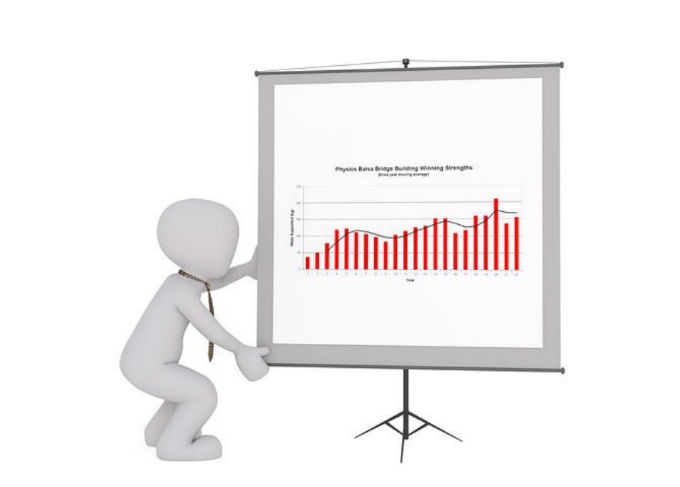With continued cost containment efforts, the pricing and reimbursement environment in every market just gets tougher every year.
Put simply: Many marketing executives don’t know what works and what doesn’t. I remember discussing this in 2003 with a marketer from one of the top five Pharmaceutical companies in the world. His response? “Who cares? We are making money. So what if we don’t know which activities are effective?” Interestingly, that company let more than 4,000 people go the following year (many from sales and marketing). It seems that while the Marketing Department may not have been so worried about demonstrating effectiveness, senior management was.
Without metrics and clear statements of ROI, is it any wonder that companies are slashing marketing budgets? And really, why should marketing be exempt from demonstrating quantitative data about their operations? Finance, human resources, and information technology departments – they all have to generate reports justifying their existence. Why then are marketers reluctant to prove their worth? Why are they willing to lose credibility at the highest levels of the company when they should be the engine bringing in revenue for the company?
Marketing analytics can clearly assist marketers know what to do in terms of all aspects of their campaign (e.g. what messaging, which sales force actions, which combination of channels, which budgets) and know what revenue these actions will provide. Analytics solutions are now available so that marketers can demonstrate with precision exactly what returns they are giving the company from which activities.
However, how many companies are using analytics that provide this level of accuracy? I have been speaking each week with people in various roles in different Pharma companies in a range of countries (from US through to emerging markets) and am finding that no matter who I speak to (from COO through to marketing), the biggest issue they are facing is measuring marketing effectiveness. This appears fairly widespread, whatever the industry.
The CMO Survey, “Highlights and insights: August 2013,” (cmosurvey.org; co-sponsored by the American Marketing Association, Duke University, and McKinsey & Company), found that only 36% of CMOs had successfully used analytics to quantitatively demonstrate marketing return. Therefore, two-thirds had not. This lack of using strong financial metrics creates challenges for marketers to get the budgets they need from CEOs and CFOs who are working hard to show stronger growth and profit to the analysts by cutting where they can. This is so easy to rectify.
Rather than focusing on vague measures that don’t tell you anything linking to the bottom line – such as ‘SOV’, ‘intent to prescribe’, ‘brand awareness’, ‘Facebook likes’, and so on – use metrics that are in line with what the CEO and CFO want, such as market share and profit. Look at savings as well; C-suite executives love savings. By using analytics such as the Artificial Intelligence (AI) powered analytics that Eularis offer, you can see what channels are not performing and where you can safely reduce spend without harming sales while also seeing where that money could be invested for greater return.
It’s inconceivable to me that everyone is not doing this already. I was speaking with a friend who recently left big Pharma and he said that one of the perceived barriers was the large amount of time it would take from other activities to do this. He mentioned that consultants, in the past, had come in many times and spent large amounts of time in the office asking for all sorts of information that marketers have to dig up. This need not be the case. Misconceptions about process are one barrier as to why marketers may not be doing what they need to.
Another misconception could be fear about being found to be doing the wrong thing. They’re afraid to see hard data that may show that what they’re doing isn’t working. For instance, when we showed our client’s Market Research Manager our analytics that clearly demonstrated that the brand team needed to focus on efficacy messages versus their product’s benefit around lack of weight gain, he was not happy. He argued that if a drug was already approved, it was obviously effective, so no more need be said about it. In fact, the company never mentioned efficacy in any of their campaigns, even though there was excellent data from clinical trials. Our analysis clearly showed that this approach was behind their poor sales.
Thankfully, the Market Research Director listened. “Our sales are flat and not growing, so maybe we should try it,” he said. They did, and doubled their market share in six months despite being flat for the 2 years prior to running the analytics.
Conclusion
The lesson you should take from this is that there is nothing wrong with being wrong! What is wrong is not accepting data showing you’re wrong, and refusing to move in a new direction. By running current data based analytics, the CMO and marketing teams can demonstrate the financial impact of their activities, and improve the financial impact of what they are doing. It doesn’t means the end of difficult budget discussions, but it certainly ensures that the discussion is rooted in reality, with results that can only drive the company value.
For more information on conducting analytics, which take little Pharma team time to implement and have proven effectiveness, contact the author at Eularis.
Found this article interesting?
To learn more about how Eularis can help you find the best solutions to the challenges faced by healthcare teams, please drop us a note or email the author at abates@eularis.com.

